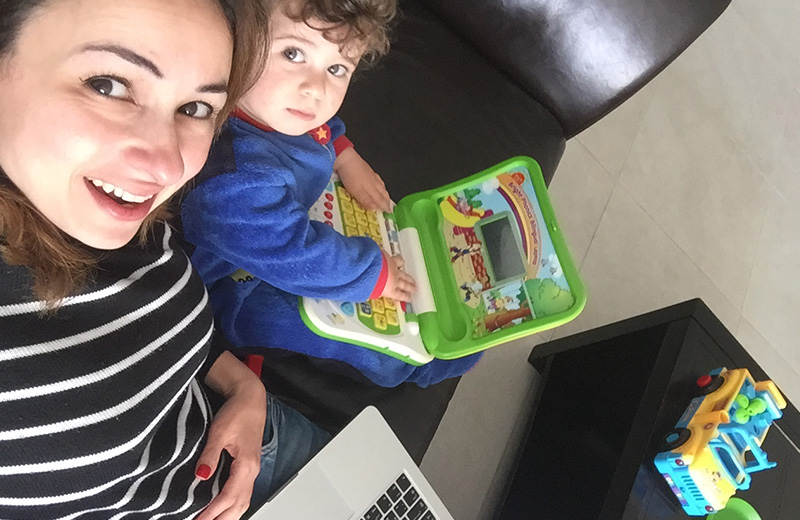The Difference between Autism Meltdowns,Tantrums, Aggression

A neurotypical parent might be confused to discriminate between melt down and tantrums.
A child with autism having a meltdown might appear like a child having a temper tantrum, but the reality often completely dissimilar.
If you are a parent of a child with autism spectrum disorder (ASD) you will know a meltdown is handled differently and with close knowledge of the child’s personality.
What is an autism meltdown?
- A meltdown is an intense reaction to sensory overwhelm.
- Autism meltdowns can be more emotional and last longer than usual. When a child with autism is overwhelmed, he/she knows no other way to express it other than with a meltdown.
- This might involve verbal outbursts (screaming, crying, etc.) or physical reactions (kicking, biting, hitting, etc.).
What is the difference between Meltdown and Temper Tantrum?
Temper Tantrums
- They may look similar; autism meltdowns are different from temper tantrums.
- A temper tantrum is usually a child’s way of getting what he/she wants.
- An autism meltdown, however, has no purpose and is beyond a child’s control.
- A temper tantrum happens when: A child is frustrated with not getting what he/she wants .
- A child is not able to do what he/she wants.
- A child is not able to properly communicate what he/she wants .
- A child might stop a tantrum after the following responses such as being comforted by a parent or caregiver.
- Children who throw temper tantrums are aware and in control of their actions and can adjust the level of their tantrum based on the response they get from a parent or adult.
How to Deal with a Temper Tantrum?
- Keep yourself calm before you address your child’s behaviour.
- Do not tell your child to stop yelling when you are also yelling.
- You want your child to see how he/she should be acting—which is calm and collected.
- Don’t give in. The fastest way to stop a tantrum is to give the child what he/she wants. While you can do this on certain occasions when you cannot afford to deal with a tantrum, it is not a great strategy in the long run. Your child will learn that he/she needs to throw a tantrum to get what he/she wants.
- Acknowledge your child’s emotions. Instead of telling your child to “stop crying,” you can let him/her know that you understand his/her feelings. You can validate feelings without giving in.
Autism Meltdowns
- Autism meltdown causes are entirely different.
- It is triggered by sensory overload.
- Autistic meltdown symptoms may: Start with “warning” signs called “rumblings”.
- Rumblings can be obvious or subtle, such as verbal requests to “stop” or “leave” the cause of distress.
- It can also be a physical sign like covering of ears or running away from the source of distress.
- Be preceded with stimming. Might resort to repetitive behaviour called stimming to relieve anxiety. Rocking back and forth, flapping hands, and twirling are some examples of stimming and caused by overstimulation.
- This can include a noisy and crowded place, bright lights, and strong smells. Meltdowns can also happen to teens and adults with autism.
- It can happen with or without an audience.
You might be asking, “How long does autism meltdown last?”
The answer differs with each child, but since there is no stopping; a meltdown once it starts you can expect the episode to continue until the child is taken out of the stressful situation or until all energy is spent. Once you can tell the difference between a tantrum and a meltdown, then you can apply the right strategies to deal with the situation.
How to Manage Meltdowns?
As no two children with autism are the same, there is no one-size-fits-all strategy on how to handle autism meltdowns. Not all autism meltdown strategies are guaranteed to work on every child on the spectrum.
The best way to prevent your child from having a meltdown is to predict and avoid stressors or triggers that can lead to a meltdown. This can be avoiding crowds, establishing a set routine, and by planning.
When a meltdown is already happening, you can try the following approach:
- Leave the room or location Sometimes, simply leaving the source of the stressor can significantly lessen a meltdown’s severity.
- Lead your child away into a quieter space where he/she might be more comfortable and able to manage his/her autism meltdown and recovery.
- Use calming devices , a fidget toy, noise-cancelling headphones, or weighted vest might provide immediate comfort to an overwhelmed child.
- Once you identify what caused the meltdown, you can use the appropriate calming tool to help your child tune out sensory overload and recover from his/her meltdown.
When your child isn’t having a meltdown and is receptive.
- Teach him/her a go-to plan when a meltdown does happen.
- You can teach him/her deep breathing techniques, meditation, or counting from one to ten.
- Once in place, you and your child can use these strategies in calming autism meltdowns in the future.
- Ensure your child’s safety .Always be with your child during a meltdown to make sure he/she is safe from harm.
- Do not allow your child to run away to a busy street or run around an area where he/she might get hurt.
- Learn safe ways to restrain your child’s arms and/or legs during violent meltdowns. Keep yourself calm It can be frustrating trying to pacify a child during a meltdown, but it’s important to remember that your child is not doing it deliberately. He/she is simply responding to sensory overwhelm and has no control over his/her behaviour at this point.
- Keep yourself calm and composed and do your best to comfort your child in the best way you know how.
- Autism meltdown medication; while most autism meltdowns can be managed without medication, some cases of aggression and violent meltdowns might require additional help.
- It is essential to consult your child’s doctor when deciding to use medication for autism meltdowns.
What is Autism Aggression? How to Handle it?
- Aggression in children with autism refers to violent behaviour that may include kicking, hitting, throwing objects, punching, and biting.
- Aggressive behaviour can be directed to others or oneself.
- Both an autism meltdown and a tantrum can involve aggression.
- Some children become violent when an object of comfort is taken away from them, or when they are forced into something they do not want to do.
- The key goal of handling aggression is to ensure the safety of the child and others around him/her.
Managing a Child’s Aggression?
- Removing the cause of aggression, providing calming toys and/or activities.
- Giving your child a safe space where he/she can calm down.
- For example, saying something like, “I know you’re upset that you can’t have that toy, but we can’t buy it right now. Maybe next time.” This lets your child know that you feel bad that he/she feels bad, but there is nothing you can do—for now.
REMEMBER TO CELEBRATE YOUR CHILD ALWAYS!



















